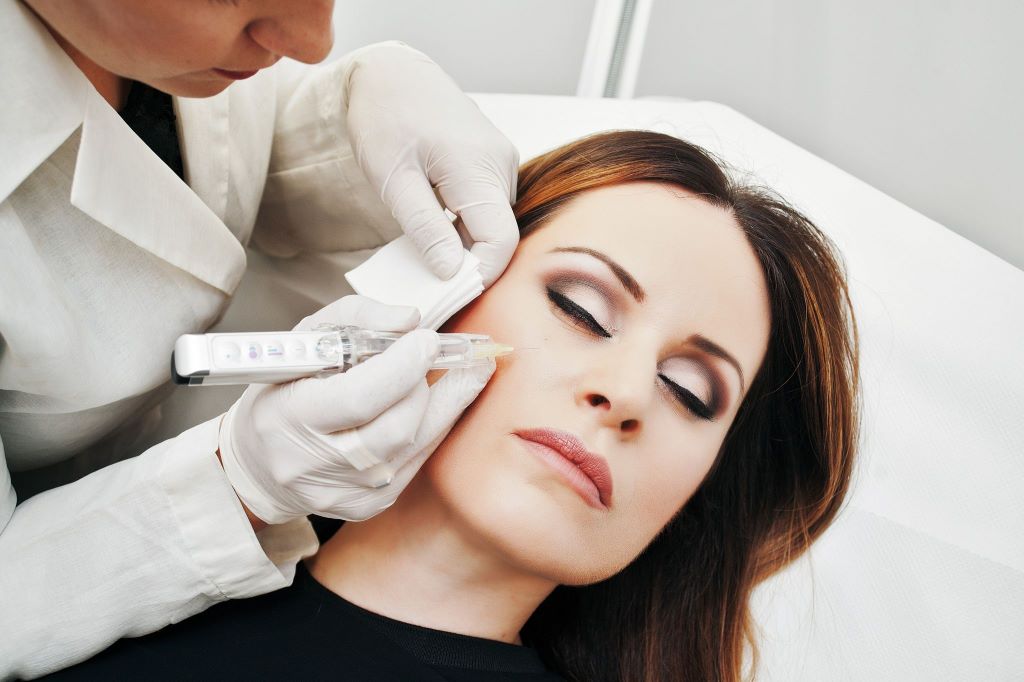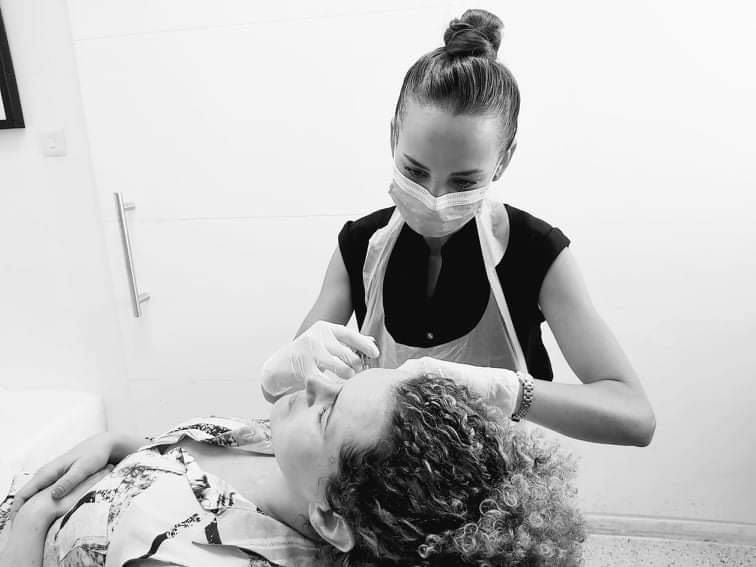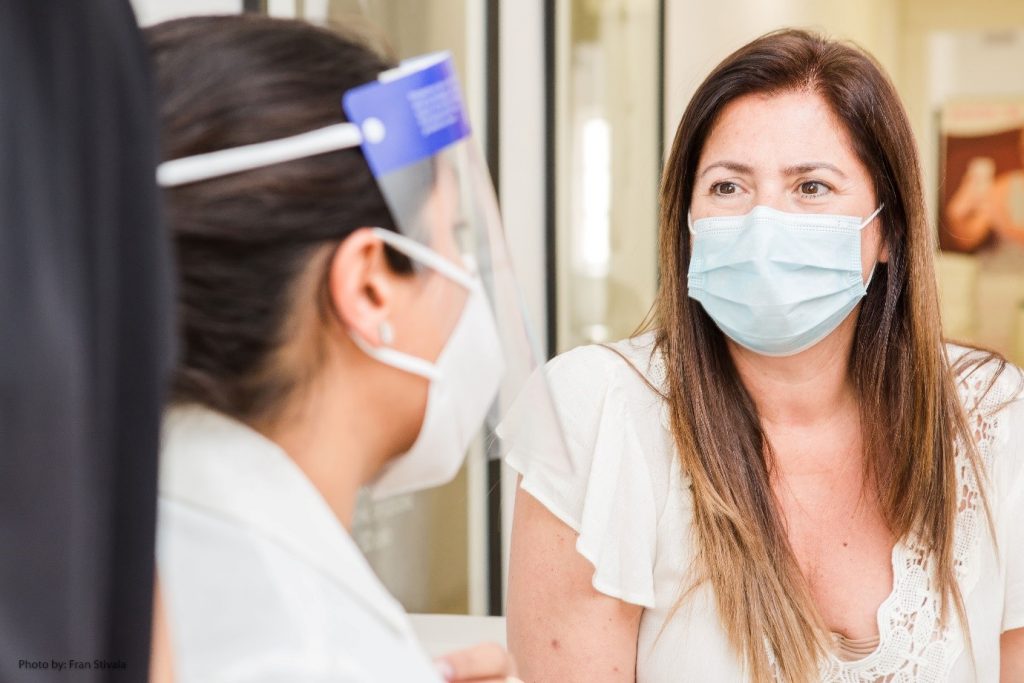
Youthful, radiant, healthy skin – the holy grail of the medical aesthetics industry. But how can we achieve it? And how do we maintain it? An effective solution is mesotherapy, a treatment that originated in France in the 1950s and has steadily gained global popularity over the years as a specialty discipline.
Mesotherapy is also known as biorevitalization or skin “boosting”. It’s a simple and effective treatment that targets ageing skin and gives natural results with essentially no downtime.
Let’s look at what mesotherapy is, how it works and some misconceptions surrounding it.
How does Mesotherapy work?
Mesotherapy formulas commonly contain a combination of hyaluronic acid (HA), antioxidants, polypeptides, vitamins, minerals and other approved ingredients. These are carefully injected into the skin, where they stimulate the production of collagen and elastin and rehydrate the skin, effectively restoring its 3D architecture. Think of it as an injectable moisturizer that works from the inside out.
Who is Mesotherapy for?
Anyone wishing to boost their skin quality and prevent premature skin ageing can benefit from this treatment. Mesotherapy helps improve dull skin that’s losing tone and elasticity, it softens superficial wrinkles which are tricky to treat with other procedures and it can also be considered in the management of thinning hair, localized fat deposits and cellulite. Areas most commonly treated include the face, neck, décolletage and hands.
How many treatments of Mesotherapy will I need?
Protocols vary, as do individuals’ starting points and desired outcomes. A typical course of treatment consists of 2-3 initial sessions at 3-4 weeks intervals, followed by a maintenance phase that is tailored to fit each individual.

Does Mesotherapy treatment involve any downtime and are there any risks?
Following treatment, the skin is slightly red and sometimes a few bumps appear on the surface. Generally these resolve within 24-48 hours. Rarely, there is some light bruising. Most people go back to their regular activities the following day. Mesotherapy is considered an extremely safe procedure. Contraindications include known allergies to any components, certain blood thinning medication, chronic conditions including insulin dependent diabetes, autoimmune disorders, chronic skin disorders and pregnancy. These are all discussed in depth before starting any treatments.
Does it hurt?
Usually topical anesthetic cream is applied to the areas approximately 30-45mins prior to the treatment and many mesotherapy products contain additional local anesthetic for an overall comfortable experience. The procedure is also relatively quick.
Is it a filler?
The two are often confused as both contain hyaluronic acid. However, the depth of injection and the density of the hyaluronic acid varies significantly. Fillers are more dense and are injected into deeper layers to replace volume loss. They do little for skin texture and hydration on the surface. Therefore, mesotherapy and dermal fillers can be combined for a more complete skin restructuring.
The bottom line. As a minimally invasive technique, performed by trained doctors/professionals, Mesotherapy gives vastly greater results than mere cosmetics. This treatment restores sun and time damaged skin and prevents it from ageing prematurely so that you can always have the upper hand in your pursuit for healthy youthful skin.
More Information about Mesotherapy
People and Skin offer a wide range of professional aesthetic treatments, including Mesotherapy, all of which are administered by a highly professional and qualified team.
About the Author
Following her M.D. training at the University of Belgrade School of Medicine (2011), Dr Gorana Pectocic went on to specialize aesthetic medicine at the Fatebenefratelli Hospital in Rome, Italy. She also holds a Masters degree in Traditional Chinese Medicine, a field she is passionately curious about.

Have you tried Mesotherapy? We’d love to hear from you! Contact us or send us an email at [email protected]





